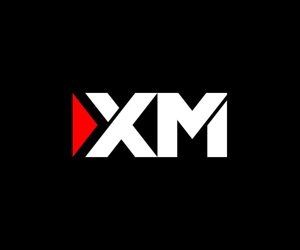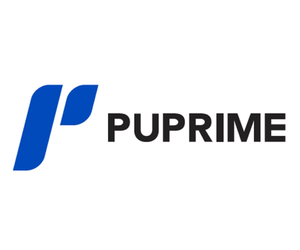Regulator Tiers
How tiers workBrowse regulators by tier
Use the tabs to switch tiers. Search filters the list instantly. Click a regulator for details.
How the tiers work
Tiers reflect the strength of retail client protections and regulatory oversight. The framework mirrors common best practice in FX/CFD risk assessment and is aligned with public descriptions by independent research groups.
On‑shore regulators
Strict statutory protections (e.g., leverage caps, margin close‑out, negative balance protection), high prudential standards, and active enforcement. Brokers here get the strongest baseline trust.
Mid‑shore regulators
Issue genuine licenses and enforce AML/prudential rules, but retail product controls may be lighter (e.g., leverage left to firm policy). Meaningful, yet lighter, oversight vs Tier 1.
Offshore registries
Company registries or lightly supervised commissions; FX/CFD activity may not be specifically licensed. Minimal oversight; client protection largely depends on the firm.
“Four Floor Tests” for inclusion
- Explicit licensing of FX/CFD activity
- Retail product controls (e.g., leverage limits or margin rules)
- Client money segregation requirements
- Active oversight (inspections/audits/enforcement)




